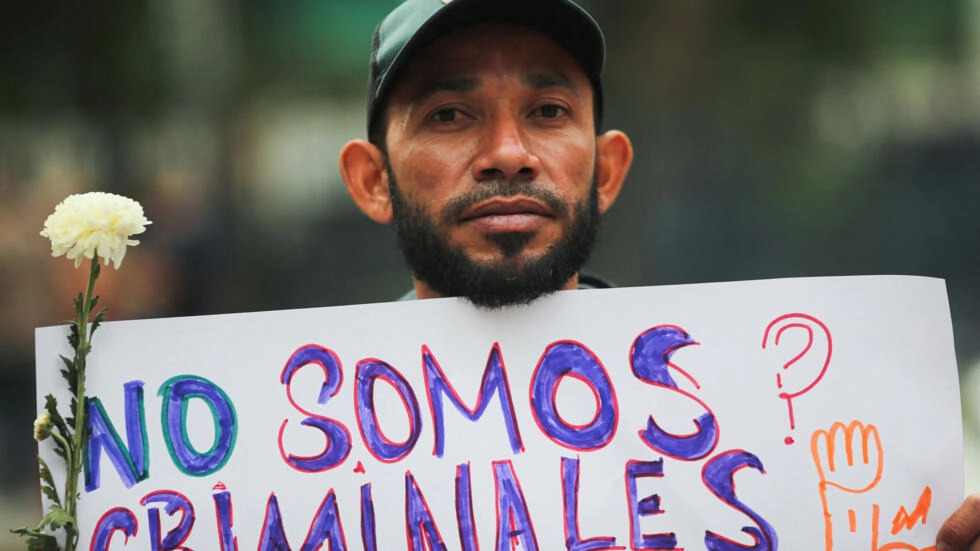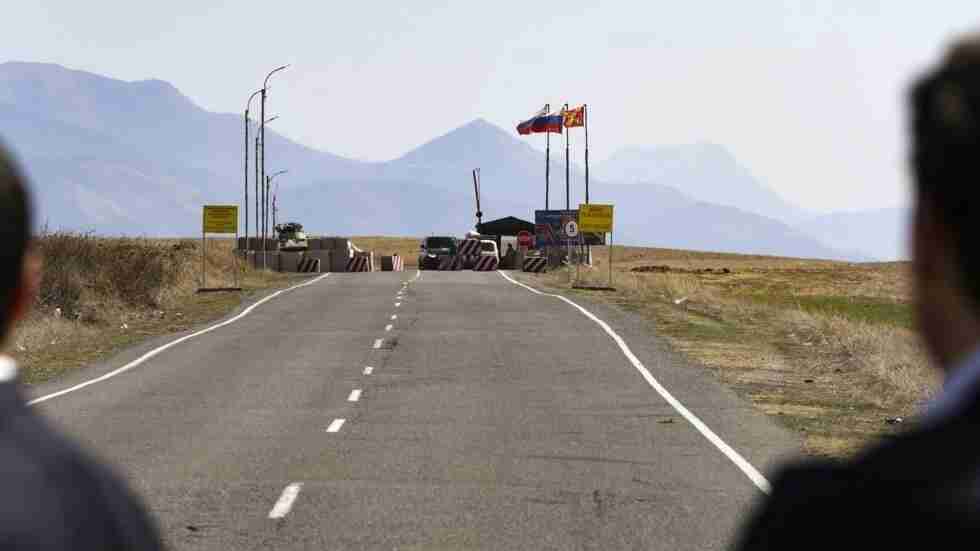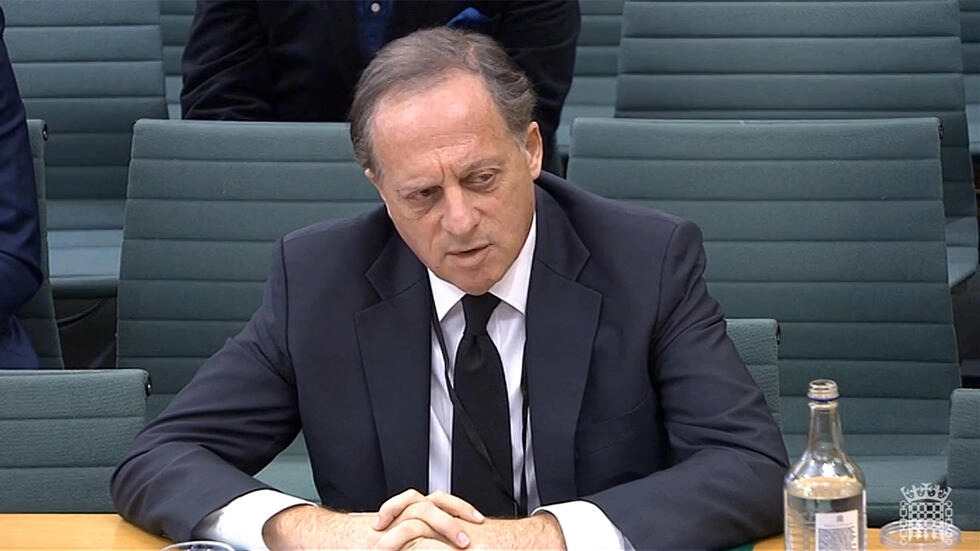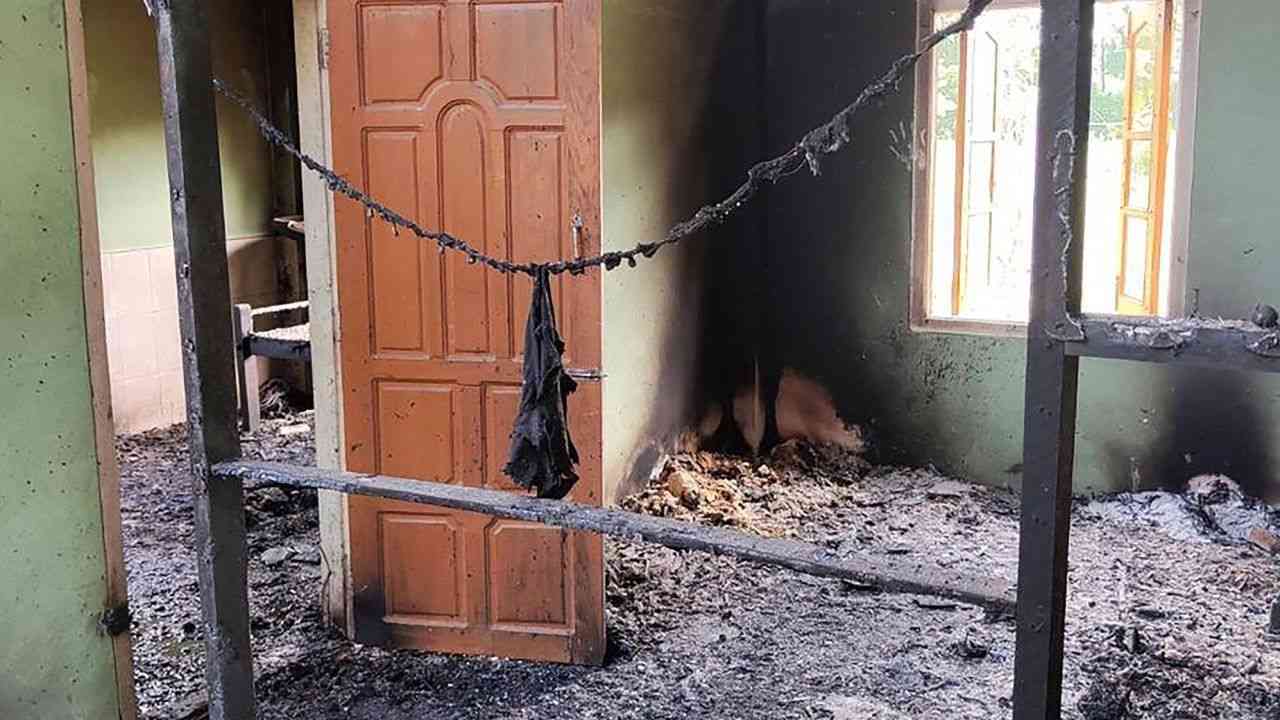The United States will ramp up deportations while also expanding legal pathways for would-be migrants as it braces for a possible spike in illegal border crossings when COVID-19 restrictions are set to end next month, US officials said on Thursday.
At the same time, the US will expand legal pathways for migrants, encouraging them to apply for refugee resettlement or other forms of entry at two new processing centers in Guatemala and Colombia without having to travel to the US-Mexico border.
The centers, with the support of the United Nations, aim to screen 5,000 to 6,000 migrants each month as the United States has pledged to accept more refugees from within the Western Hemisphere. Canada and Spain have also said they would accept migrants through the centers, US officials said.
The centers will also process family reunification applications, a program already available to Cubans and Haitians that will now be expanded to nationals of Colombia, El Salvador, Guatemala and Honduras, US officials said.
The program allows certain migrants with US relatives to enter and work legally while they await their US visas.
The mix of immigration enforcement measures and new legal ways to enter the country is part of US President Joe Biden’s plan to address a possible increase in illegal immigration when COVID-19 border restrictions, in place since 2020, are expected to end on May 11.
Biden, a Democrat, has struggled politically with record numbers of migrants caught crossing the US-Mexico border illegally and gradually toughened his approach to border enforcement.
Republicans have said Biden has failed to curb crossings and want a return to the more hardline approach of former President Donald Trump, the front-runner for the Republican presidential nomination.
Biden, who is seeking re-election in 2024, has tried to tread a careful line, angering some Democrats and immigration advocates by adopting more restrictive measures while at the same time promising a more humane approach than Trump.
“Our border is not open and will not be open after May 11,” Homeland Security Secretary Alejandro Mayorkas said during a news conference with Secretary of State Antony Blinken in Washington on Thursday.
Biden’s plan for the lifting of the COVID restrictions, known as Title 42, centers on a new regulation expected to be finalised in the coming weeks that resembles Trump-era policies blocked by US courts.
The regulation would deny asylum for migrants who passed through other nations without seeking protection there first or who failed to use US legal options for entry.
Aiming for fewer crossing
The Biden administration says this mix of deterrence and legal options has worked in the past to reduce the number of border crossers.
Earlier this year, after the United States began rapidly expelling Cubans, Haitians, Nicaraguans and Venezuelans back to Mexico under the Title 42 restrictions, the number of migrants caught crossing from those countries dropped dramatically.
Under the post-Title 42 plans, the US intends to continue to send those migrants to Mexico, a US official said during a call with reporters. The Mexican government did not respond to a request for comment.
Part of the plan is to increase the number of available appointments through the app, known as CBP One, the Biden administration said. Migrants have said appointments currently fill up within minutes each day.
To discourage Cubans from trying to enter the US via perilous boat journeys, DHS said any Cubans caught attempting to travel by sea will now be ineligible for the humanitarian parole program launched in January.
The Biden administration is not planning to detain migrant families, Mayorkas said, echoing comments made by a top official earlier this month, but could monitor them with GPS tracking devices or a program similar to house arrest.



